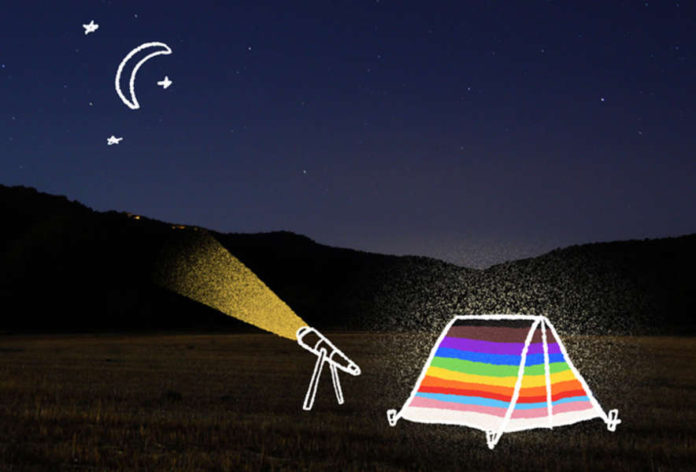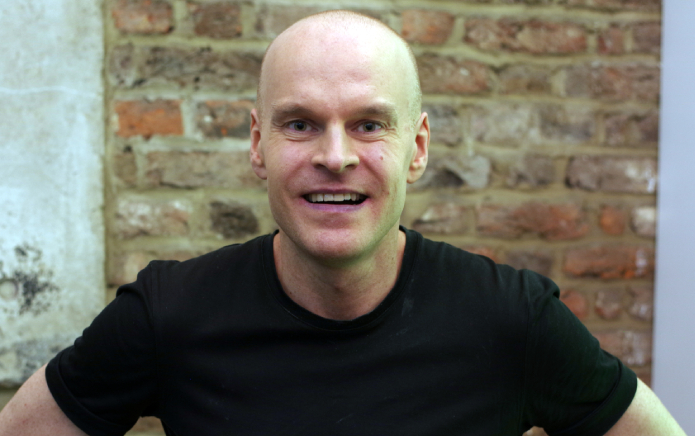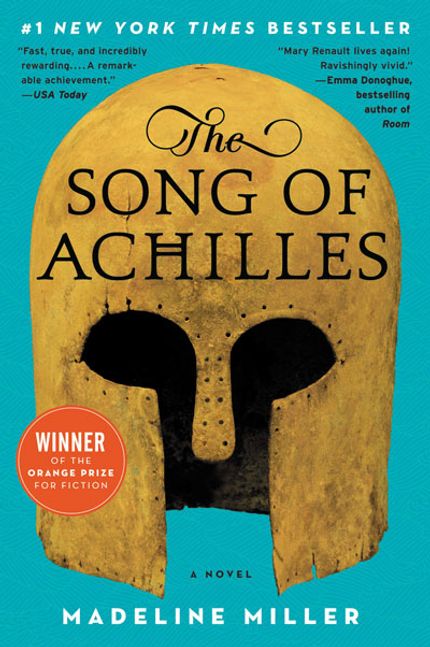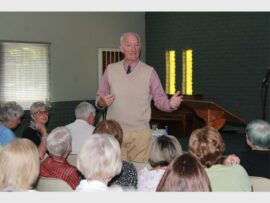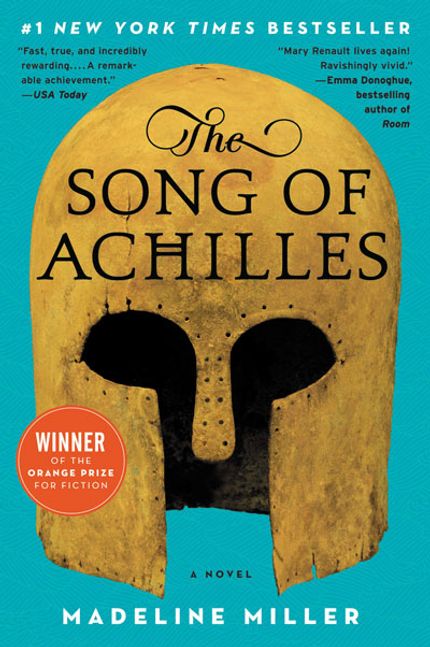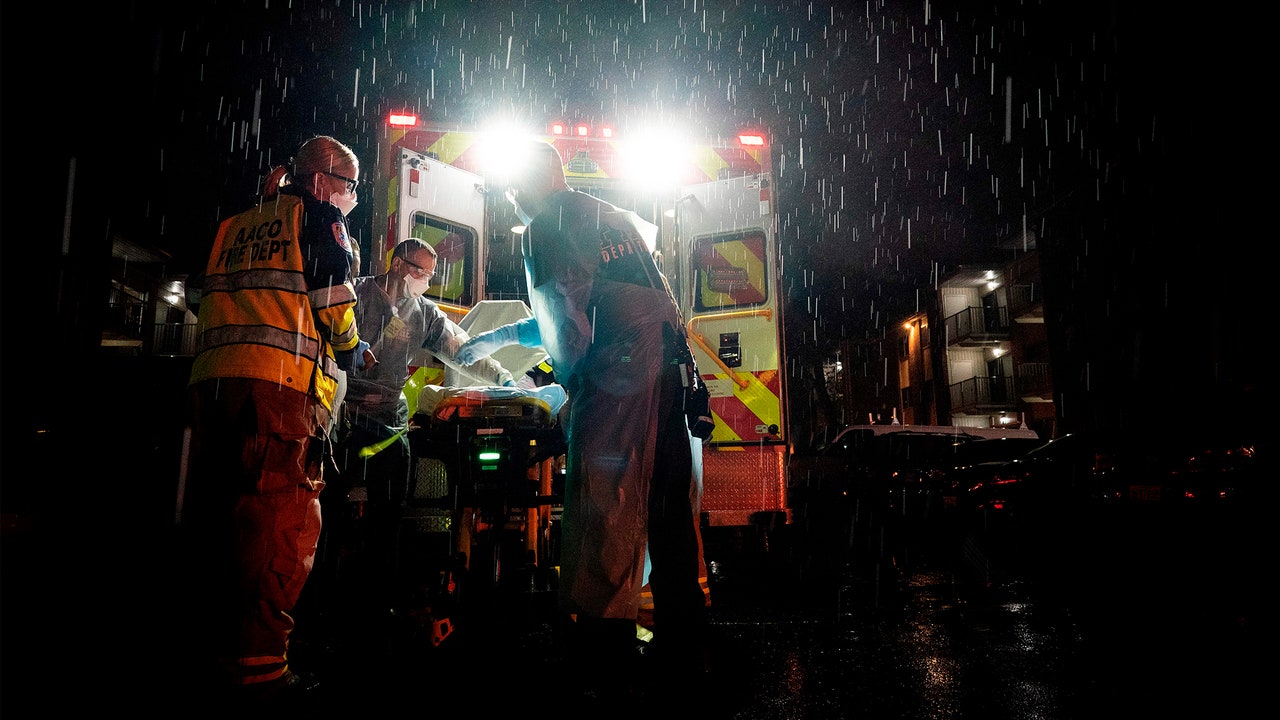
When my gay friends and I talk about a time “before we were gay,” we’re referring to the years before some beautiful queer disturbance fundamentally changed what we believed was, for us, written in the stars. It was a time when so much of our growth felt predetermined, when it seemed like the parts of life most unknown and worth exploring were mysteries like outer space, not our own sexualities.
The irony behind the phrase “written in the stars” is that we’re using our largely ambiguous and ever-expanding universe to describe a predetermined path in life — to describe fate — which, for queer youth in the majority of American communities, is presumed to be heterosexuality. I remember a time in my early teens when, after a long day of grappling with my unidentifiable discomforts, I looked up and felt a kinship with the vast, equivocal darkness. Fate wasn’t what felt written in the stars — it was something more like permission.
In May of this year, queer online advice columnist John Paul Brammer answered the question “What is the unspoken bond that LGBTQ people have with space?” with “we queers tend to know a lot about the ordeal of being perceived and then being negotiated into rigid taxonomies that weren’t built with us in mind.” Inspired by his answer and my personal experiences, I set out to find queer people who had an intense love for space and ask them if they thought space was gay, and from everyone I spoke to, I received a resounding YES. But the follow-up answers informed not only how queer people have learned to relate to the world at large, but these folks are working to bring more cosmo-like diversity and harmony into their communities and relationships.
Space is inherently counterculture
Emily Hunt, a queer trans woman studying star clusters for her PhD, told me that she first became interested in the stars when she was around 7 years-old, after her parents showed her Venus transiting across the sun. She says she is humbled by space, and believes the universe is gay because it’s inadvertently “counterculture.”
“It’s a completely unassuming space,” she said, laughing at the accidental pun. “It’s such a blank slate. I feel like that to me is a part of being queer. I see society as kind as very kind of on rails, and everything is kind of normative, and then you have queer people off on their own doing their own thing.”
Counterculture’s mainstream debut in the mid-‘60s, when the norms of the ‘50s were largely rejected by youth, was fueled by a theory of social justice that scholars refer to now as “the politics of authenticity.” This theory holds that liberation requires being completely, unforgivingly yourself, which is certainly the ethos of both space and queerness. But Hunt wanted to make it clear that her whiteness has made her career much easier, a sentiment I often hear from queer people who pay close attention to Pride’s evolving culture, and are aware that all LGBTQ+ marginalization is not the same.
Critics of our present-day, corporate-sponsored celebrations urge the community to honor Pride’s history and work towards being more inclusive. They often refer back to the 1969 Stonewall Uprising that sparked the queer liberation movement and how the same people who facilitated the riots — trans women of color — are often forgotten during the largely cisgender, white-washed Pride parades of today. (The addition of a brown and black stripe to the Philadelphia rainbow flag three years ago is only one example of how public discourse is shifting.) Hunt said the same limitations are put on people of color within the astronomy field.
To get a sense of queer history in astronomy, I talked to Tony Scupham-Bilton, an LGBTQ+ historian living in the United Kingdom, who grew up in a village with no light pollution and became fascinated by asteroids at a young age.
“I remember copying out a list of asteroids from an encyclopedia when I was about 8 years-old,” he told me, and then leaped into a summary of astronomy’s rich queer history, from the BCs up to modern day. The queer community as a whole has made leaps and bounds within the last 100 years. Transgender astrophysicist Dr. Rebecca Oppenheimer discovered the first brown dwarf star, Dr. Sally Ride was the first American woman in space, transgender astrophysicist Dr. Jessica Mink discovered the rings around the planet Uranus, Dr. Nergis Mavalvala proved Einstein’s theory of gravitational waves, and Dr. James Pollack’s study of dust storms on Mars led to research into climate change on Earth, among others. But there’s still a lot of work to do in terms of inclusivity.
“Many openly LGBT astronomers are involved in outreach work, popularizing astronomy, and working in public planetaria,” Scupham-Bilton said. “There is also an increasing number of openly LGBT students who are registering on LGBT science and university ‘out lists,’ and there are many LGBT astronomy professors.”
The astronomy field could learn a thing or two from space, and the folks who study it
PhD student KeShawn Ivory, who I contacted via the “Astro Twitter” network, is part of the welcoming committee for The Fisk-Vanderbilt Master’s-to-PhD Bridge Program, the nation’s top producer of Black master’s degrees in physics, and plans to become a planetarium director when he’s finished with his studies. Ivory says he became attracted to space after a lexicon activity wherein he was assigned the world “astronomy.”
“I came home and looked it up like the assignment mandated and wrote down definition word for word… and it sounded kind of magical,” he said. “It was like ‘celestial bodies’ and planets and stars.”
Ivory got back in touch with his initial passion for astronomy while planning his future; he wasn’t excited by the traditional academia path he saw laid out for him in the eyes of his professors.
Ivory identifies as gay and aromantic, and tied his interests back to the thesis of my article to describe why he chose the planetarium path.
“It’s funny that, you know, under the theme of ‘space is gay’… When I thought about what I really liked about [space], it came back to just imagery. I liked pictures. I like colors. I liked the image. And what’s the best way to present that image to the public and still get to use all of my specialized knowledge? Planetarium work.”
I reached out to more astronomers via the “Astro Twitter” network, which Ivory says he stumbled into by accident, having initially made a Twitter account at age 13 to channel all of his Lady Gaga-loving energy. While his focus has shifted since then, he still talks openly about his personal life and opinions.
When astronomers from school and conferences started following him, Ivory said he “wasn’t about to change his content.” In being unforgivingly Black and queer, Ivory is part of the astronomy counterculture working to change the narrative around who gets to study space. And he believes that, during the COVID-19 pandemic, astro Twitter is finally in a position to listen to criticism.

